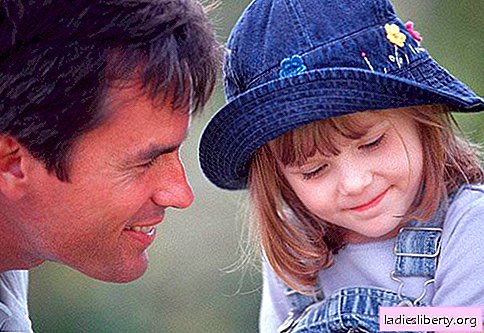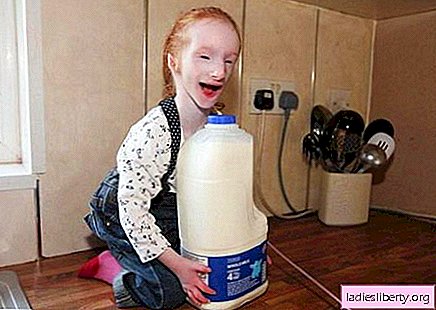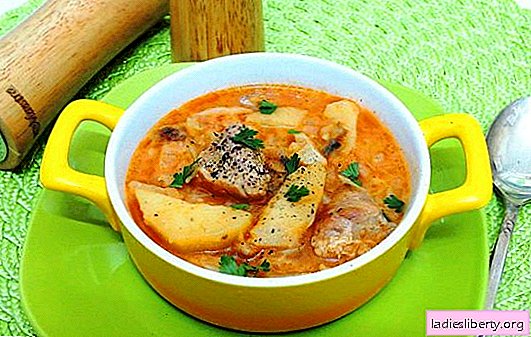
Regardless of the breed and age of the dog, she has five fingers on the forelimbs and four on the hind legs. However, often on the hind legs you can see the fifth toes (arrived). In most cases, dewclaws can be seen in outbred animals.
What does the fifth finger have in dogs?
Currently, the presence of fifth fingers in puppies is atavism (a sign that existed in the distant ancestors of dogs - wolves, the need for which is absent at this stage of evolution).
The presence of dewclaws is not a pathology, and in some breeds, for example, such as the French Shepherd Dog, Guiren dog, Nenets husky, it is considered a sign of purity of origin.
For hunting breeds, the fifth finger can become a serious obstacle when moving through forests, thickets, tall grass.
Dewclaws can cling to branches, grass, and other obstacles, causing the dog to suffer painful injuries. In this regard, veterinarians recommend removing dewclaws.
What do fifth fingers look like?
On the forelimbs, the fifth fingers fit snugly on the paws, have three phalanxes and look quite developed. Dewclaws on forepaws are removed extremely rarely, because it does not interfere with the dog in everyday life and does not contribute to injury. On the hind limbs, dewclaws can be fully developed or have the appearance of a small fold. Most often, the fifth fingers consist of one or two phalanges. As a rule, the fifth fingers of puppies on their hind limbs are very protruding and tend to cling to obstacles when walking, which is why injuries arise in the animal.
Do I need to remove the fifth fingers of puppies on their hind legs?
Removing the fifth hoop on the hind limbs in dogs is not a mandatory procedure. The decision to remove the fifth fingers is made by the owner of the animal. Most owners of tetrapods are in no hurry to remove dewclaws from their pet. For dogs that do not participate in hunting or in exhibitions and are companion animals, there is no urgent need for an operation. However, sometimes the owners decide on the operation, because dewclaws create an obstacle when cutting, bathing or combing hair.
Owners of show breeds, as a rule, remove fifth fingers to puppies a few days or weeks after birth. A dog with dewclaws may not be allowed to participate in exhibitions, as this is considered a serious defect.
There are also medical indications for removing dewclaws:
• gangrene;
• Tissue necrosis;
• Osteosarcoma;
• Osteomyelitis.
How is the removal of the fifth fingers?
Very often, the operation to remove the fifth fingers of puppies is carried out during the first seven days after birth. To prevent the puppy from experiencing pain, local anesthesia is used. If dewclaws were not removed from the puppy in the first week of life, you should wait until he reaches three to four months of age. If the owner has decided to remove the fifth fingers at a later age, there is a need to use general anesthesia, which can negatively affect the health of the dog in the future. When removing the fifth fingers in an adult animal, difficulties may arise due to the strong attachment of the phalanges to the bones of the metatarsus.
The procedure for removing dewclaws in dogs is simple and non-traumatic. Both puppies and adult dogs tolerate such surgery easily. Before the operation, the veterinarian performs analgesia (local anesthesia is used in puppies of the first week of life, and general anesthesia is used at an older age). For the operation, only sterile instruments are used. When suturing a wound, the veterinarian most often uses self-absorbable material, thus relieving the dog of the need to remove the stitches after 7-10 days. The whole procedure takes no more than 30 minutes.
It is very important that the fifth fingers of the puppies are removed correctly and completely. If the finger has well-formed joints, and during surgery they will not be completely removed, as the puppy grows, a defect will appear on the hind paw. In this regard, it is very important that the professional remove the operation of the fifth fingers. Many puppy owners do not see anything complicated in the operation and carry it out at home. However, this is fraught with various complications, starting from a puppy's pain shock, ending with the incorrect removal of the fifth fingers, as a result of which repeated surgery may be required in adulthood. In the veterinary clinic, all necessary sanitary and hygienic measures are carried out aimed at preventing the infection from getting into the wound - the cabinet is being prepared for medical manipulations, and the surgical instruments are disinfected. In addition, if an allergic reaction to the components of anesthesia occurs in a hospital, the doctor will be able to provide the animal with the necessary assistance. Therefore, you should not risk the puppy's health and carry out the procedure to remove dewclaws on their own.
Care for dewclaws
If the owner of the animal decided not to remove the dewclaws on the hind legs of his four-legged friend, you should know the rules for caring for such fingers. Basic care is carried out in the same way as with the other fingers of the dog - it is necessary to cut the claws in a timely manner. In addition, you should carefully monitor that the dog does not injure dewclaws during active outdoor games, hunting or during a normal walk. If the claws on the fifth fingers do not grow properly, which causes the animal discomfort, or the dog often injures the finger, you should consider the procedure for removing dewclaws.
The owner of the puppy must decide on the removal of dewclaws. At the same time, one should take into account the dog’s lifestyle, the likelihood of participating in exhibitions, the breed, and also consider whether dewclaws will interfere with regular grooming (haircuts, combing, etc.).











